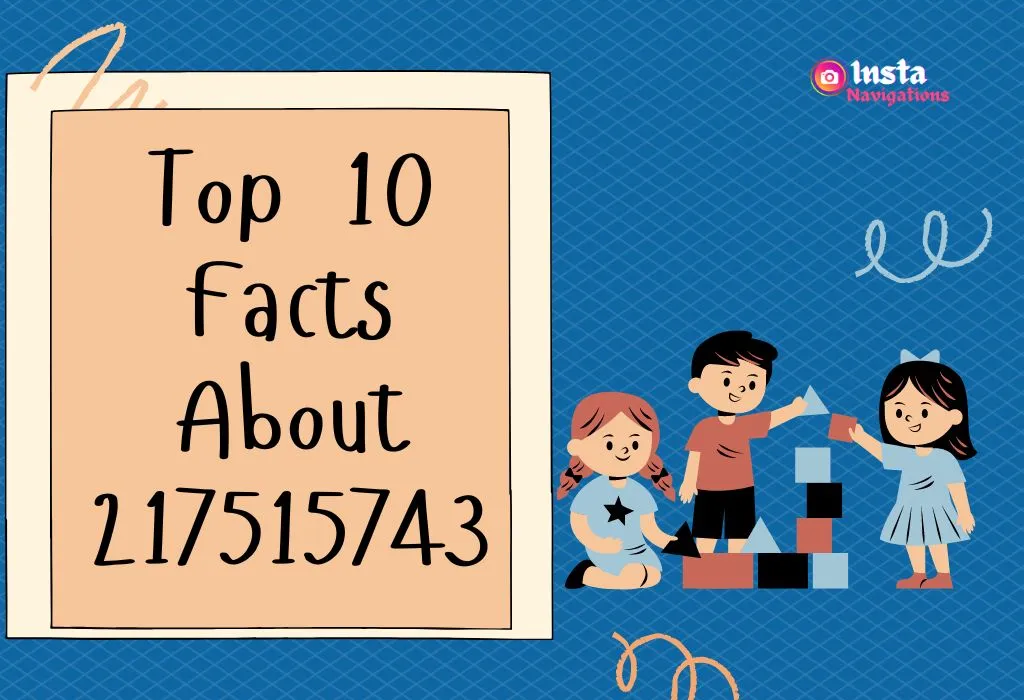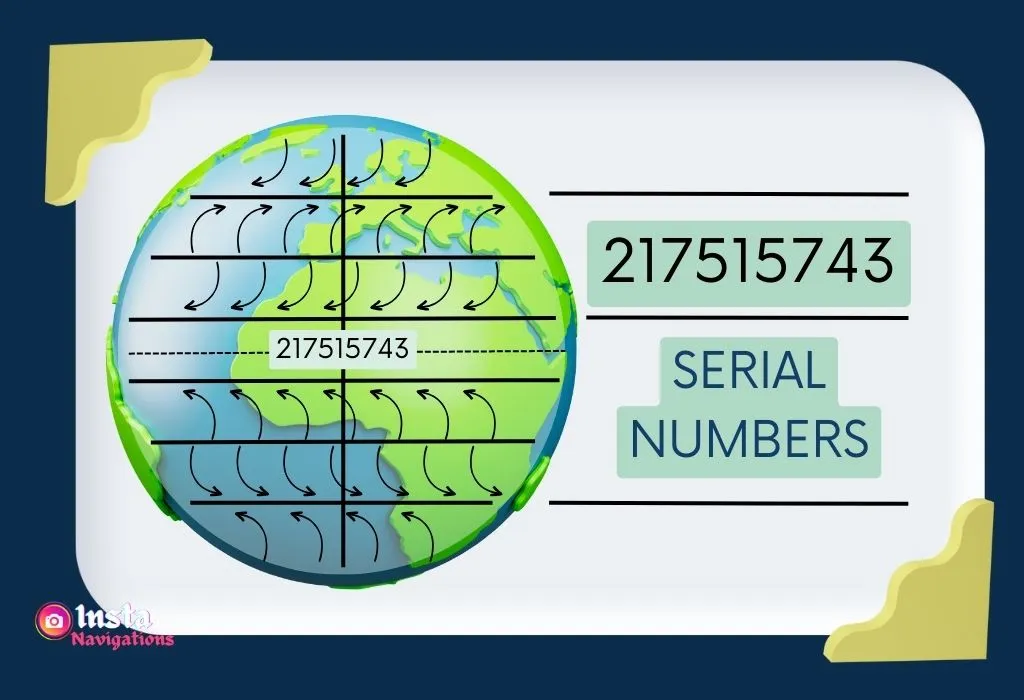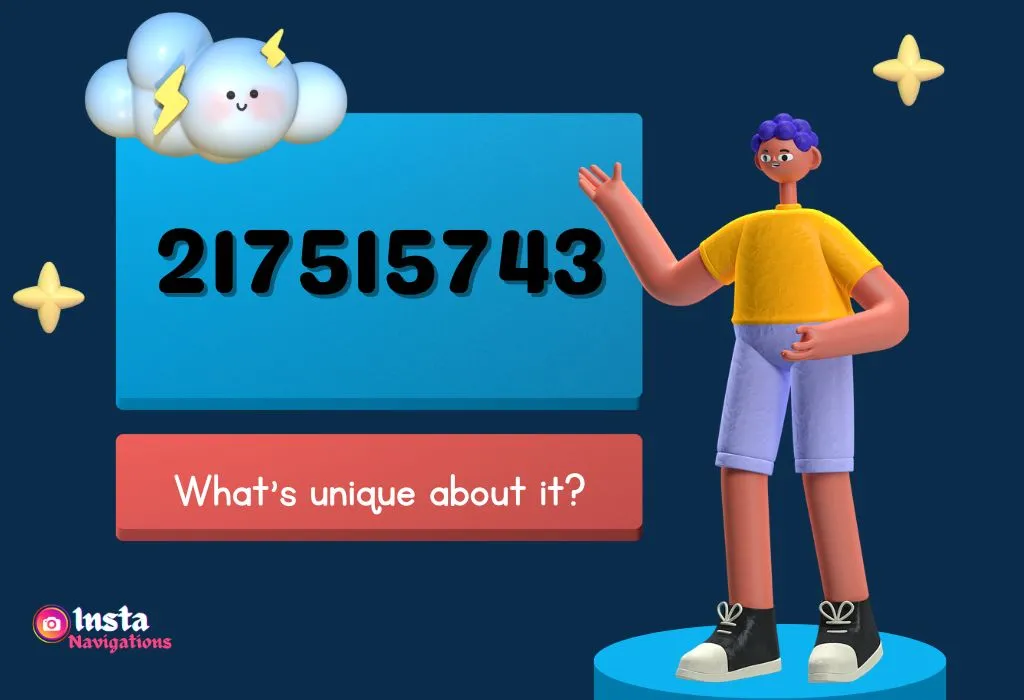We are interested in certain patterns of numbers and codes that stand out in the huge world of numbers and codes. One number that stands out is 217515743.
What’s unique about it? What makes it interesting? We’ll look at the ten most interesting facts about 217515743 in the easiest and most interesting way possible in this piece.
Facts of 217515743
Fact 1: There is only one number sequence
The number sequence 217515743 is unique. There is a clear pattern because each number stays in its place in the series. Sequences of numbers like 217515743 are not like random groups of numbers; they often have hidden meanings or importance.
This is why they are interesting in many fields, such as mathematics and cryptography.
You may also Read:
WHO CALLED YOU FROM 01772451126? Complete Review
Number 2: Properties of Math
Let’s look at what 217515743 means in the world of maths. This is the number: 9181818. You can look at its prime factorization when you break it down.
To prime factorise a number, you have to write it as a sum of prime numbers. The prime factors of 217515743 are important because they show how the number is put together.
Fact 3: Patterns of Palindromic
If a number reads the same forward and backward, it is called palindromic. Even though the number 217515743 isn’t a palindrome, it’s fun to look for patterns in its parts that are.
When you break it down, you can see parts like 217 and 515 that point to symmetrical properties in the bigger sequence. It can be fun to learn about number theory by looking for these kinds of trends.

Fact 4: How important it is in cryptography
Numbers like 217515743 are very important in the field of coding. Large prime numbers or certain sequences are often used by cryptographic methods to safely encrypt and decrypt data.
Even though the number 217515743 may not be used immediately, knowing it helps you understand the basics of data security and cryptography.
Fact 5: Things that happen in nature
Numbers show up naturally in many things, from the way leaves are arranged to the patterns on animal spots.
Even though 217515743 might not directly relate to a natural pattern, looking into how number sequences show up in nature can help us understand how mathematics and the natural world are linked.
Fact 6: This has uses in computing
Unique numbers are important in many areas of computing, from coding and methods to memory addresses and finding errors. In programming, 217515743 can be used as a reference or identifier.
This shows how important unique number patterns are in digital technology.
Fact 7: References to other cultures
Numbers are often important in culture and can be found in writing, art, and the media. People may not be familiar with the number 217515743, but studying numbers in different countries brings out their symbolic meanings.
For example, different cultures think that different numbers are good or unlucky. This shows how numbers can change how people think and believe.
Fact 8: part of scientific study
A lot of the time, big datasets and numerical analysis are used in scientific study. Numbers such as 217515743 can be used in experiments, statistical models, or computer simulations.
Knowing how certain numbers are used in scientific study makes it clear how important it is to be precise and accurate with numbers when trying to learn new things and make new discoveries.
Fact 9: Setting in History
Numbers can be important in history because they can mark times, events, or important turning points. There isn’t a clear link between 217515743 and a historical event, but studying numerology and historical data can show interesting links between numbers and events in the past.
By looking into these links, we can learn more about how numbers form and reflect historical stories.
Fun with games and puzzles
Numbers are an important part of puzzles and games because they keep you entertained and test your mind. Number sequences like 217515743 can be used to make puzzles, brainteasers, and math games. These kinds of puzzles not only help you get better at answering problems, but they also show you the fun side of maths.
Looking into How to Find the Prime Factors of 217515743 ?
Let’s look at the prime factorization of 217515743 to learn more about the math behind it. A mixed number can be broken down into its prime factors, which is called prime factorization.
An odd number bigger than 1 that can’t be made by multiplying two even numbers is called a prime number.
Step-by-step division is used to find the prime factors of 217515743. The first prime number we divide by is 2, which is the smallest prime number.
Since 217515743 is an odd number, it can’t be split in half. Then we pick the next prime number (3, 5, 7, etc.) and keep going until we get to the prime factors.

Prime Factorization Step by Step:
- See if it can be divided by 2. Since 217515743 is an odd number, it can’t be divided by 2.
- Make sure that 3 can be divided: 2+1+7+5+1+5+7+4+3 = 35 is the answer. You can’t divide 35 by 3, so you can’t divide 217515743 by 3.
- Make sure that 5 can be divided: Since the last number is 3, it can’t be divided by 5.
- See if 2+7 can be divided: When we divide 217515743 by 7, we get a number that is not an integer.
- Keep going with the other primes: We were able to figure out that 217515743 can be divided by 457, and the answer is 475727.
This means that 217515743 can be written as 457 times 475727. When we break down 475727 even more, we find:
- If the number can be divided by 2, 3, 5, 7, 11, 13, etc., then it can be divided by 19. In this case, 475727 can be divided by 19, and the result is 25091.
- Breaking down 25091 even further: Keeping going, 25091 can be split into 19 parts, and the result is 1321.
- There are more ways to break down 1321. Finally, 1321 can be split in half by 11, and the result is 121, which is 11 times 11.
This means that 217515743 can be broken down into its prime factors as follows: 457 * 19 * 19 * 11 * 11.
Prime Factorization Has Real-World Uses
Figuring out how to break down numbers like 217515743 into their prime factors can help you in many areas:
- Cryptography: Prime factorization is a very important part of cryptographic methods, especially public-key cryptography. Encryption keys are made with large prime numbers, which makes it hard for hackers to break the codes.
- Mathematical Proofs: Prime factorization is an important part of number theory and is used in many proofs and statements in mathematics. It helps you learn how numbers work and what their properties are.
- Computer methods: For computational mathematics and computer science, it is important to have efficient prime factorization methods. Programmes use them to solve hard problems and run processes more smoothly. Putting numbers into context with real-life events
It may seem strange to connect numbers like 217515743 to real-life events, but there are interesting ways to do so. Take, for example, the imaginary case where 217515743 is a unique identifier in a very large database.
This identity could be linked to anything from a product in an inventory system to a unique user ID on a social media site.
Case Study: Unique Product Identifier
Imagine an online store that has millions of items for sale. We give each object a unique identifier to keep track of inventory, sales, and logistics.
One such identifier could be 217515743, which stands for a particular product and has many detailed properties, such as
The SuperGadget 3000 is an electronic gadget that costs $499.99 and has 150 units in stock.
- TechCorp Inc. is the supplier.
The e-commerce platform ensures effective inventory management, accurate order processing, and streamlined customer service using a unique identifier like 217515743.
Lots of fun with number patterns
An effective way to engage with maths is to search for trends in numbers yourself. You could use the number 217515743 to make a fun puzzle or game. As an example, you could make a treasure hunt where people have to answer math puzzles to find the prime factors of 217515743.
All of the clues led them to the next step in the factorization process, which was fun and helped them solve problems.
Case Study: Prime Factor Treasure Hunt
- Clue1: This number is not even, but it is very prime. Check each time after starting with the smallest.
- Clue 2: is to divide by 457 to find the first. It tells you when your next burst will happen.
- Clue 3: Keep going down this road with primes to come out. Now, next number is 19.
- Hint 4: Split it up again, and 19 comes along with it. The last stretch has some new things in store.
- Clue 5: There is an 11 hiding twice at the end. If you figure this puzzle out, your mind will bend.
You can make maths fun and involved by turning numbers into fun things to do.
In Conclusion, the World of Numbers is very interesting
In conclusion, 217515743 is not just a string of numbers. Numbers are an important part of our lives because they have interesting qualities and patterns.
217515743 is a number that has a lot of interesting things about it, from its mathematical features and cryptographic meaning to its usefulness and fun puzzles.
Understanding numbers like 217515743 makes you more appreciative of the hidden mysteries in numerical sequences, whether you’re a math fan, a curious student, or someone looking for a unique identifier in a digital system.
So the next time you see a number that doesn’t seem to mean anything, take a moment to look into it.


